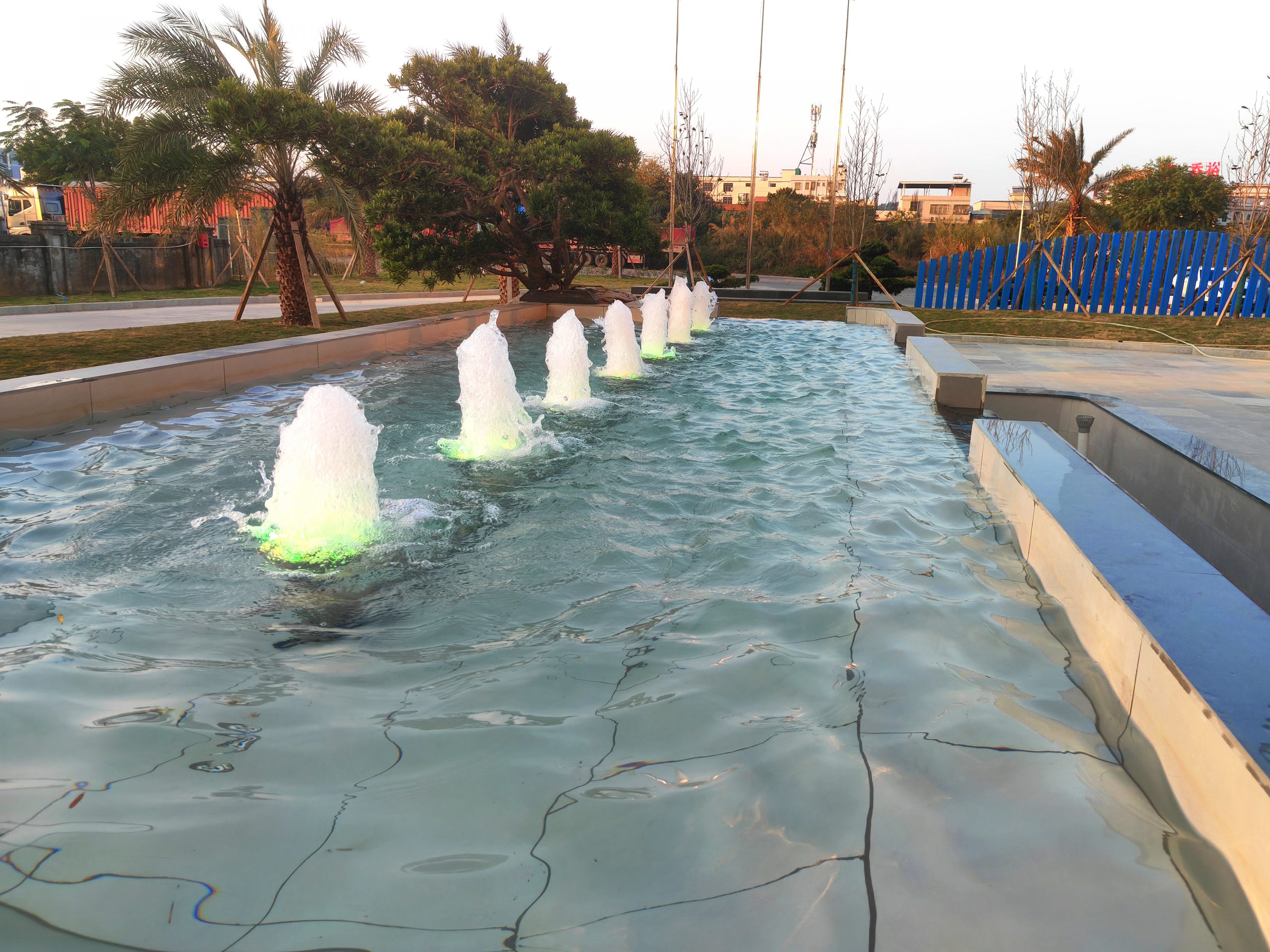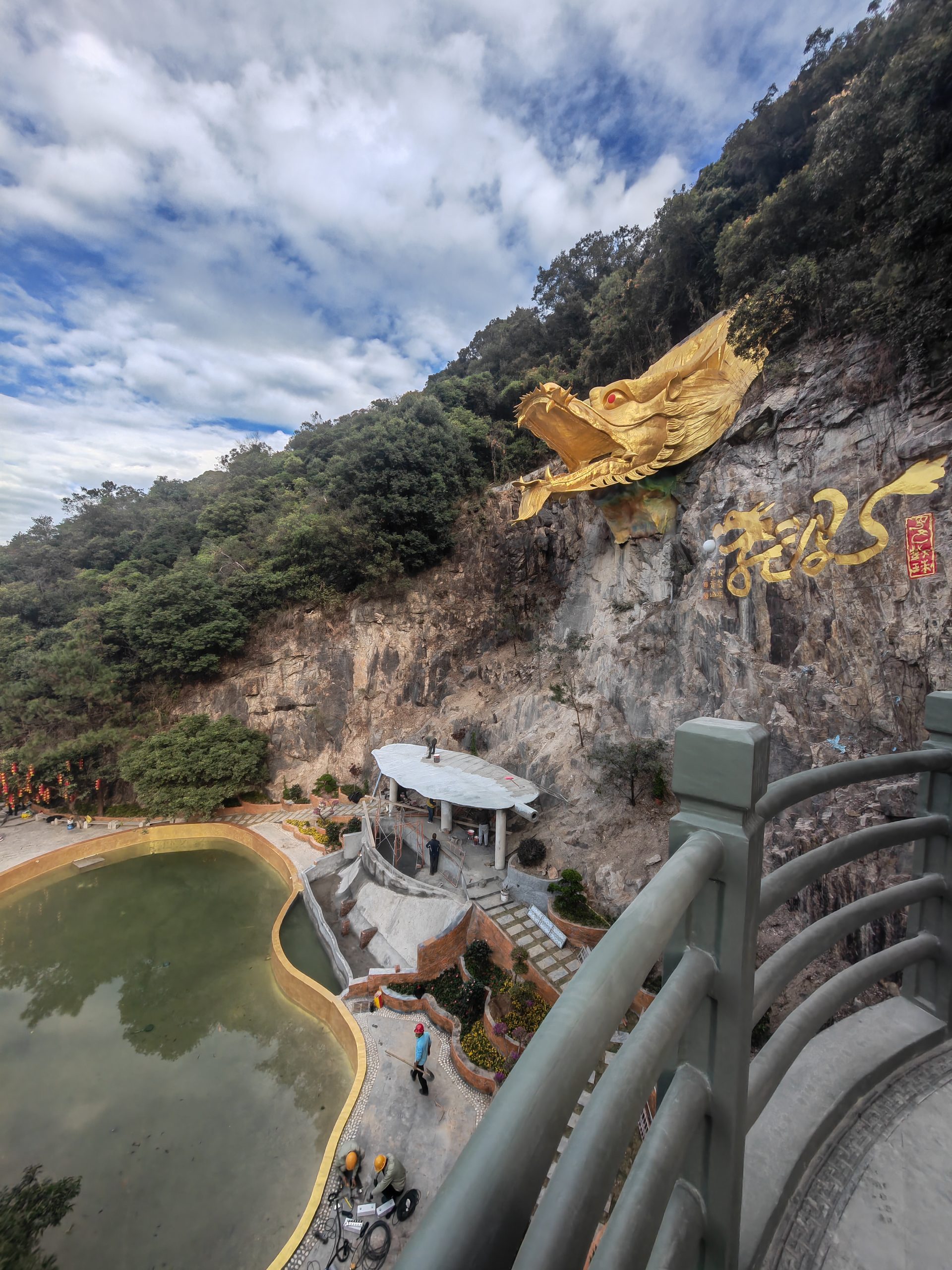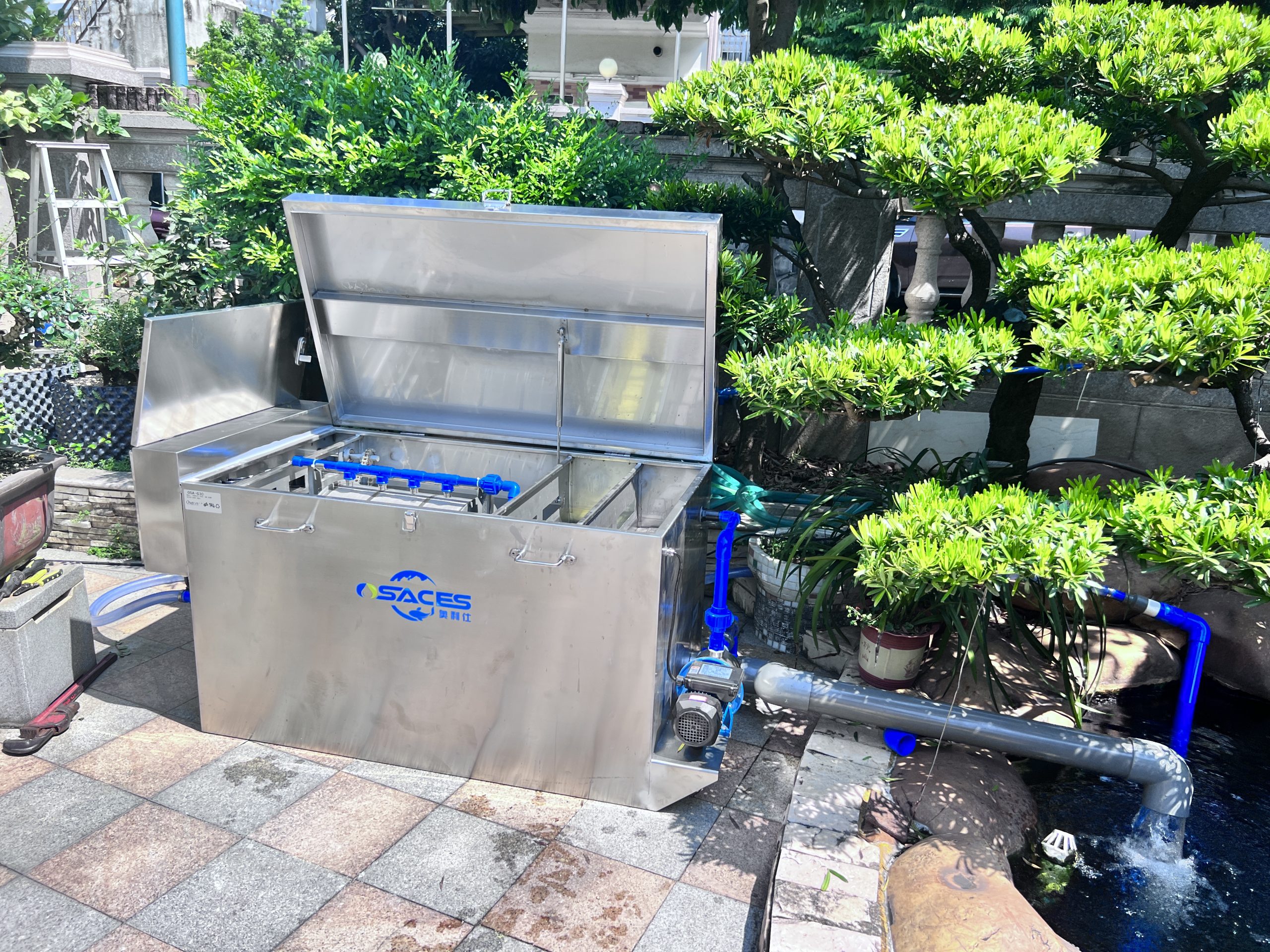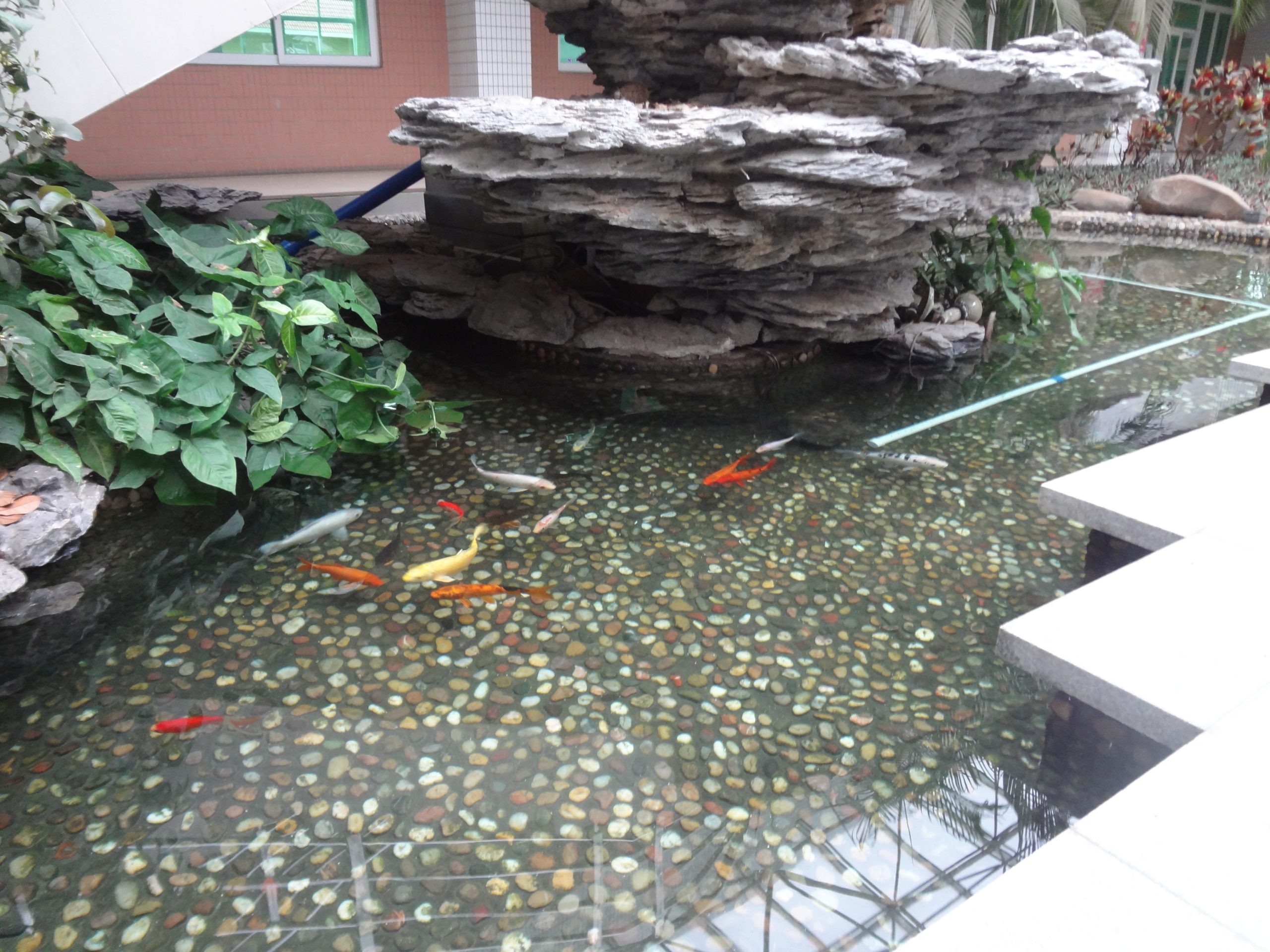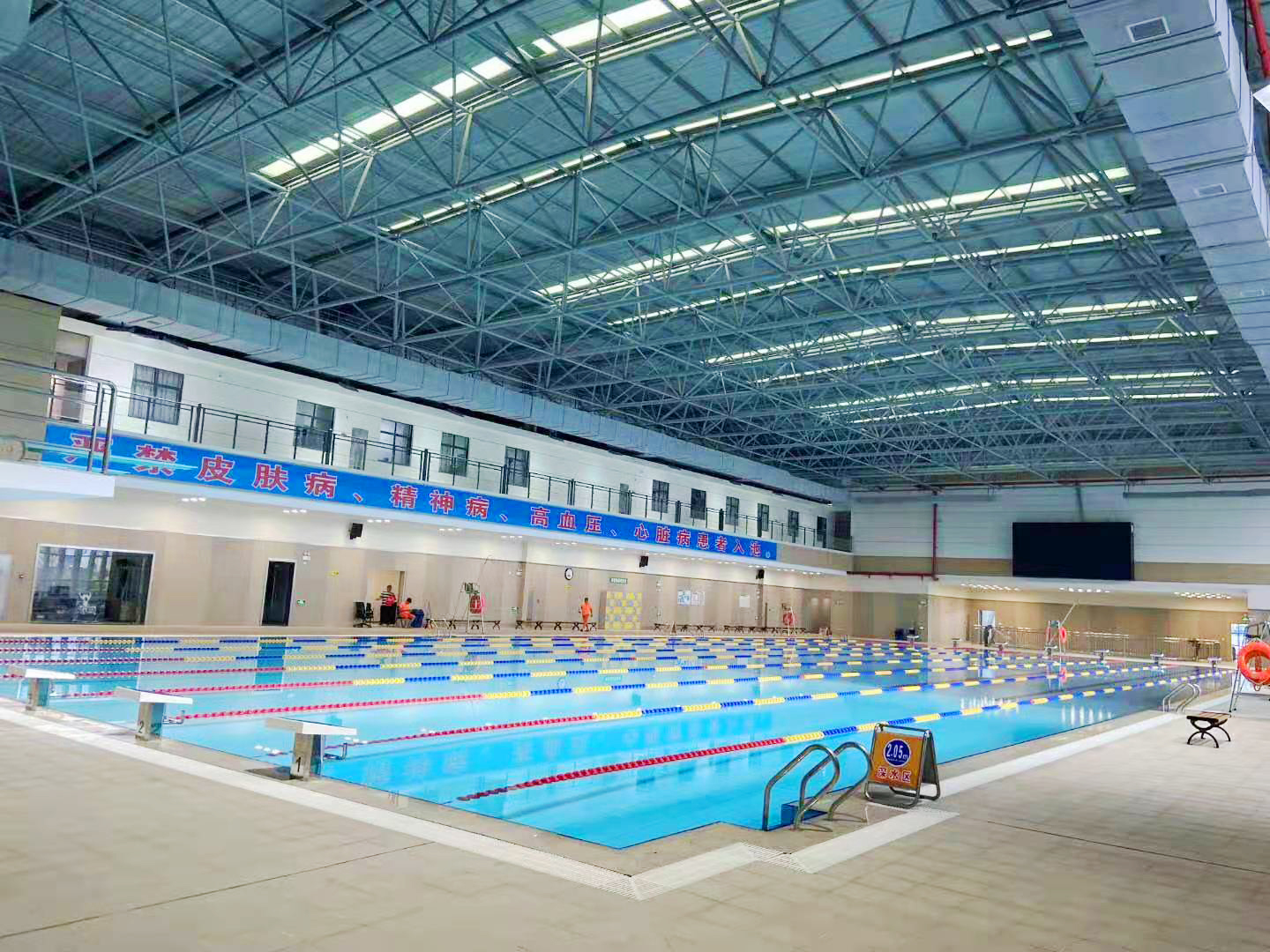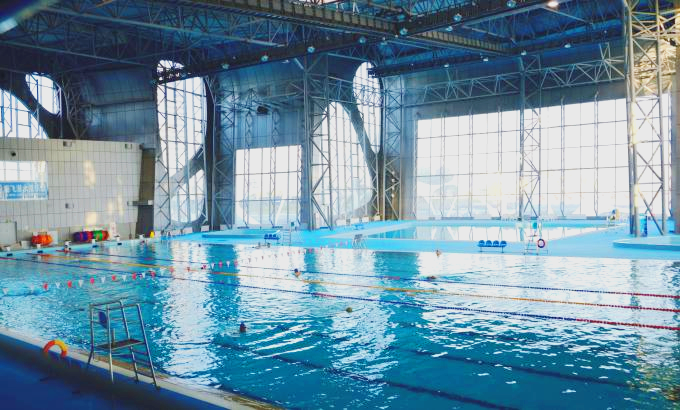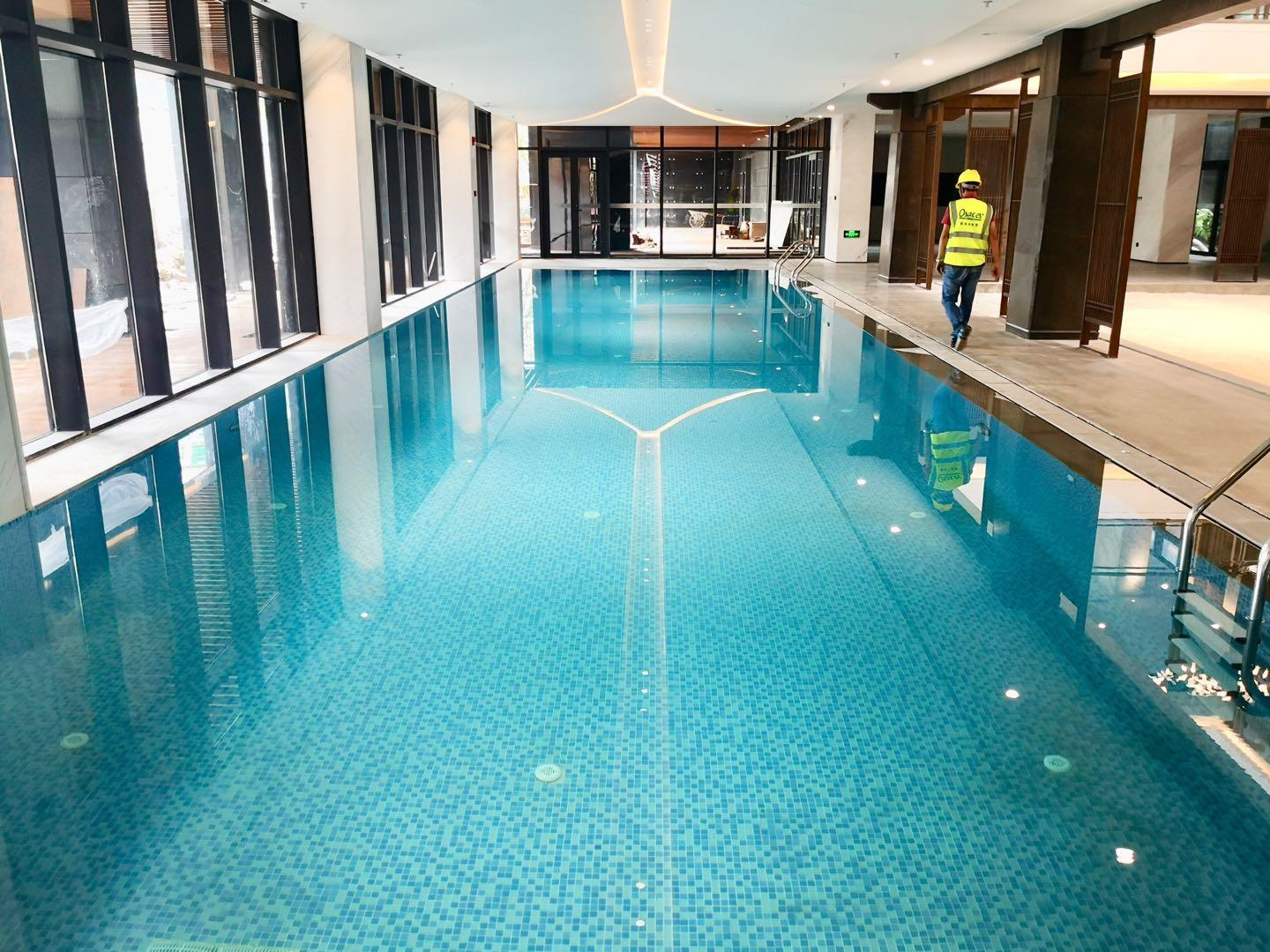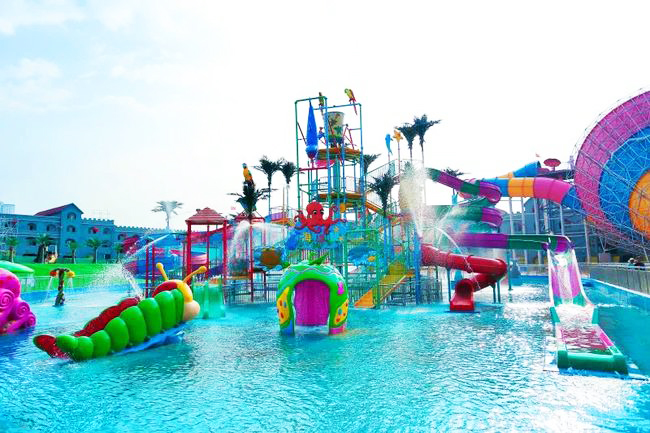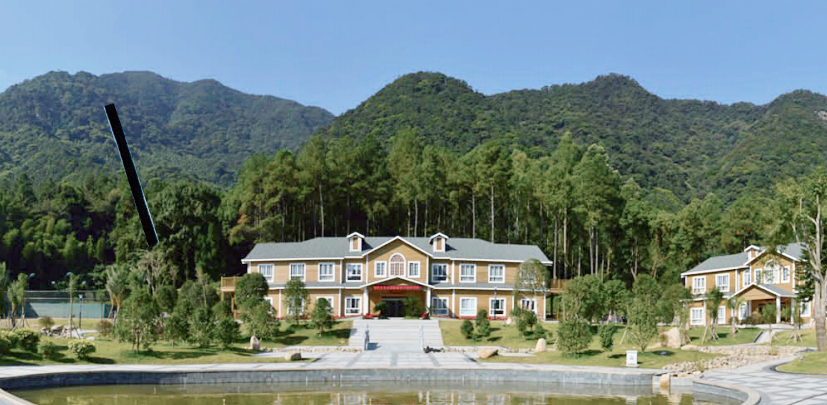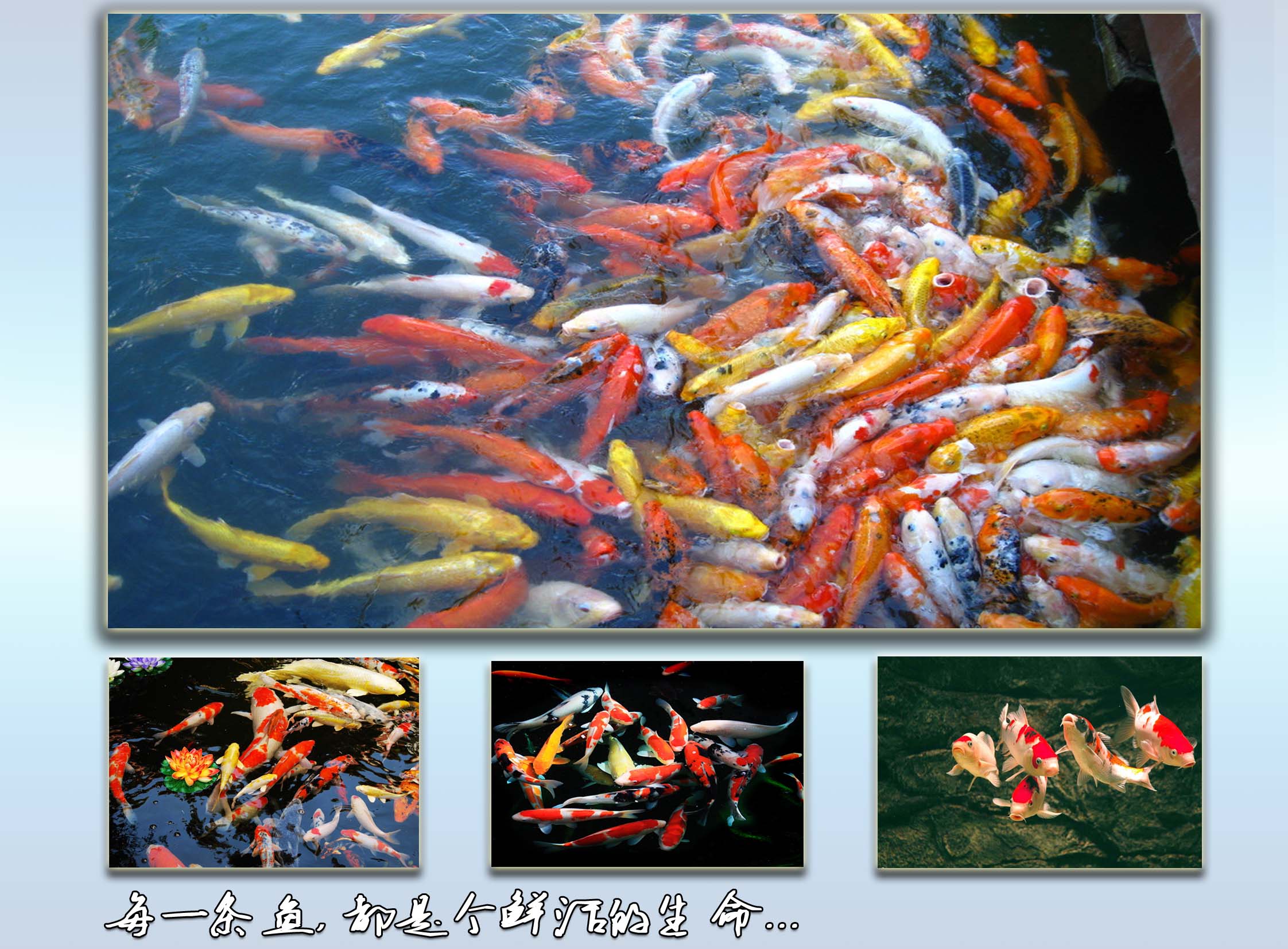News Center
contact details
 Ollies (Guangzhou) Recreation and Sports Equipment Co.
Ollies (Guangzhou) Recreation and Sports Equipment Co.Tel: (020) 82686289
Fax: 020-82694853
Headquarter: No.31-37, Xincun 2 Road, Shangjiang North Street, Dongzhou Village, Xintang Town, Zengcheng City, Guangzhou, Guangdong, China
Moving koi is more likely to attract worms and fungi
Fall is the season when koi are in high demand and when water temperatures begin to drop. Therefore, fall is the season for koi diseases, especially when moving and handling koi, which is often easier. Today we will take a look at some of the diseases that koi are susceptible to when they are moved and handled.
The first is trauma.This can be prevented by being careful when handling.
next ispHStimulation.For example, if you suddenly move koi from water with a high alkalinity value to water with a low acidity value, the koi will run wild and flip over. Be sure to mix the original water with the new water and let the koi get used to it before putting in the new water. Water conditioning does not just mean adjusting the temperature of the water, but also avoiding the koi being exposed topHValue Stimulus.
In addition, the stage of fishing into pots and bagging can also cause the skin to become congested.It is mostly seen in carp with white skin such as dandies and white diarrhea. There are a variety of reasons for koi skin congestion, such as stress, bacterial infections, external parasites, and so on.
Then there are parasites and bacteria that need special attention.The parasites that are easily incurred when the water temperature and water quality change, with the wheel worm occurring more frequently than the white spot worm. Worms are always present, theWhen handling, the mucus secreted by the fish is dislodged and these worms are now parasitized in large numbers, and the bacteria attached to the fish are more likely to cause damage to the koi.
In the case of koi, in the absence of disease, there is a layer of mucus on the surface of the body itself, which is relatively homogeneous, transparent and slippery. In the case of disease, the mucus on the surface of the body will vary, partly opaque or even white fluff or"nasal mucus"The mucus is a sign of disease on the koi's body surface.
So when the koi come back, look carefully for any roughness on the body surface, any whitish coloration, any slowness in movement, etc.
Treat with potassium permanganate or salt after an attack. To be on the safe side, it's a good idea to sterilize when you return. It's important to note all of the above, moving can be stressful for koi, so keep an eye out for gill disease, rotting fins, perforations, internal damage, etc. even after you've passed.And, most importantly, before moving the koi5~6You have to stop eating for a few days.
Related content
- Homeostatic regulation of fish pond water quality: a systematic solution based on nitrification kinetics and nutrient thresholds
- Koi Pond Maintenance and Protection Guide during the Rainy Season | The Veteran Driver's Handbook of Dampness and Disease Prevention
- Pool water circulation system maintenance guide, goodbye to cloudy water quality to create four seasons of translucent "liquid sapphire".
- From zero to professional: a complete guide to pool equipment configuration that even a beginner can understand
- The Golden Ratio of Swimming Pool Ventilation and Dehumidification Systems: The Balancing Act of Airflow, Humidity and Energy Consumption
- Specific benefits of dehumidifiers for new swimming pools
- Industrial solutions for fish pond water quality management: How to break through the bottleneck of traditional operation and maintenance of filtration systems?

